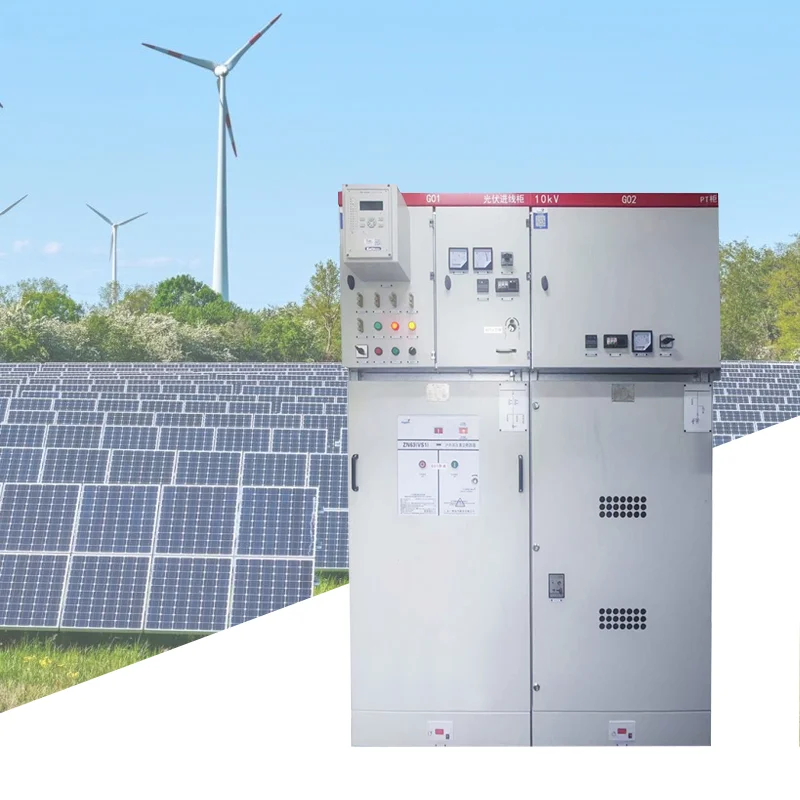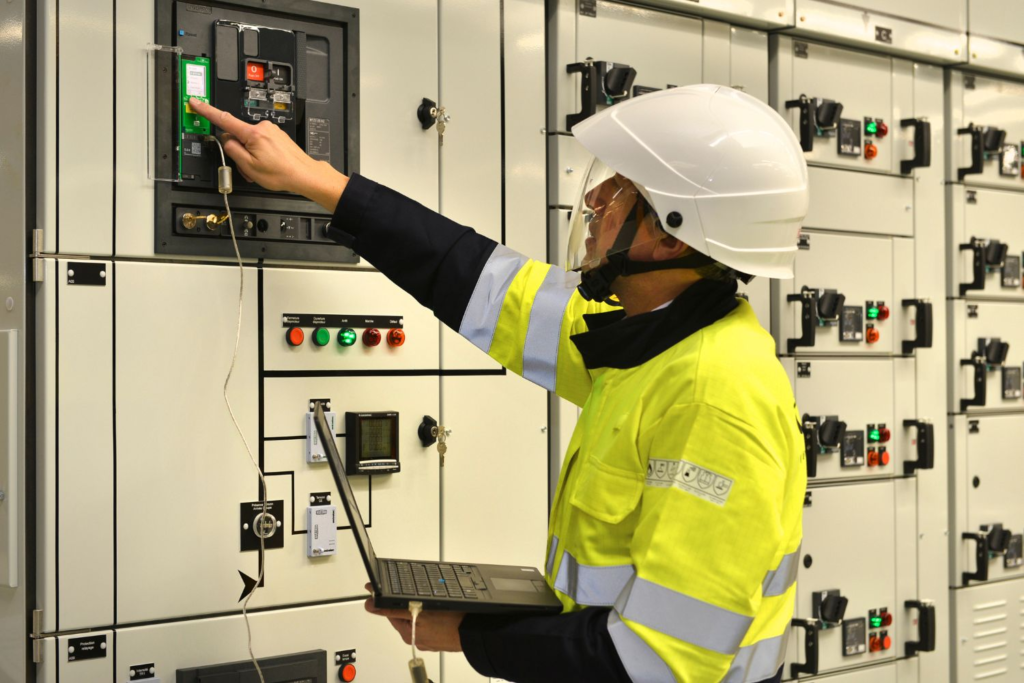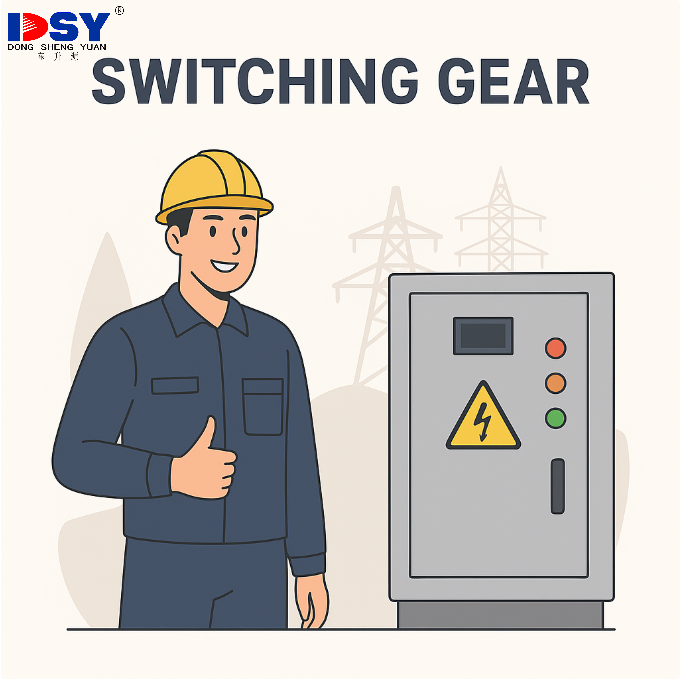What is Switchgear?
Understanding the definition of switchgear is essential for anyone working with modern electrical systems. Switchgear plays a key role in protecting, controlling, and isolating power equipment in industrial, commercial, and renewable energy networks.
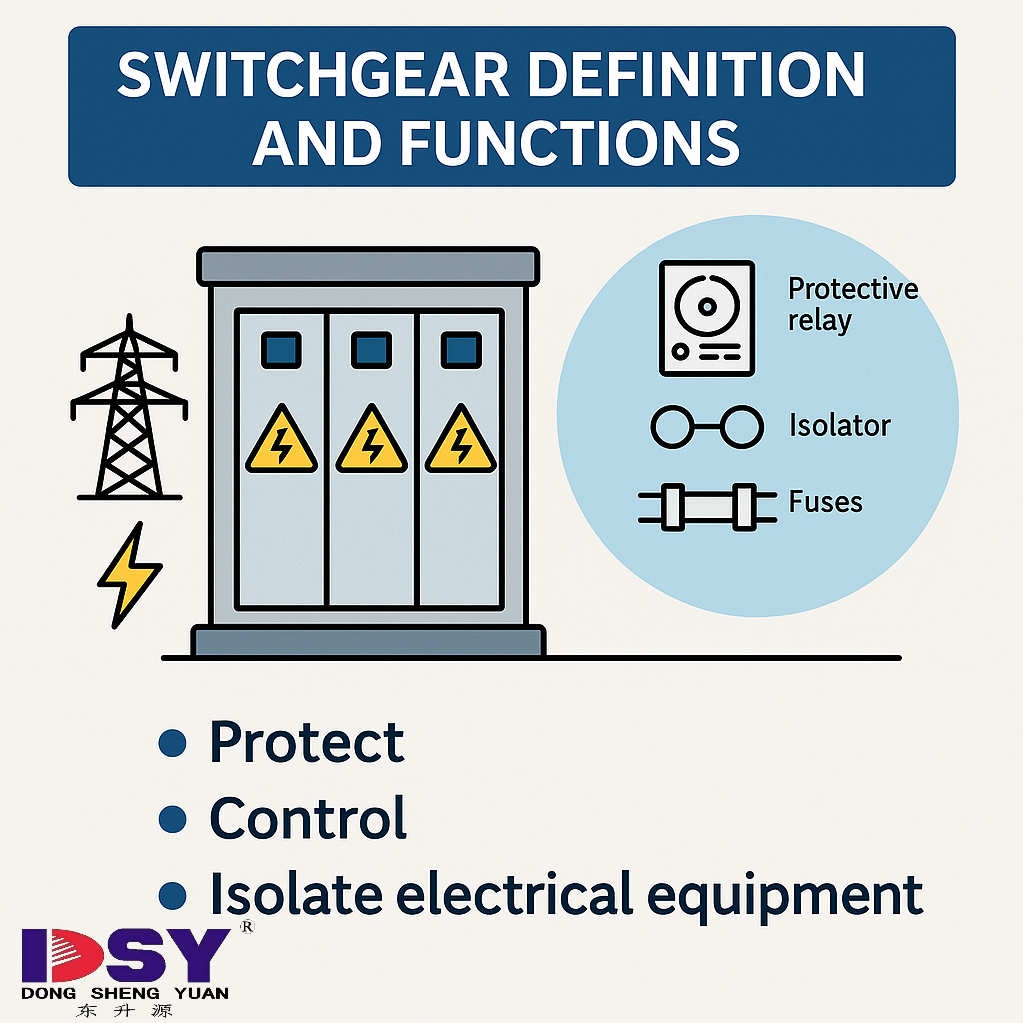
In simple terms, switchgear is a collection of devices—such as circuit breakers, isolators, and fuses—that protect and control electrical power systems. It acts as the nerve center of any power network, ensuring safe operation and efficient electricity distribution.
Basic Switchgear Definition in Electrical Engineering
In electrical engineering, switchgear refers to a centralized assembly of equipment used to:
-
Detect faults
-
Interrupt faulty circuits
-
Isolate sections for safe maintenance
Why Switchgear is Essential in Power Systems
Without switchgear, power systems would be exposed to overloads, short circuits, and catastrophic failures. Proper switchgear ensures:
-
Stable network operation
-
Protection for expensive equipment
-
Safety for personnel during maintenance
For more technical insights, visit Wikipedia on Switchgear.
Main Functions of Switchgear
Switchgear serves three critical roles in power systems:
-
Protection of Electrical Equipment – prevents damage from overloads or faults
-
Power Control and Load Management – regulates electricity flow for stable operation
-
Fault Detection and Isolation – detects faults and instantly disconnects faulty sections
Types of Switchgear
Not all switchgear is the same—it varies by voltage level, installation type, and design.
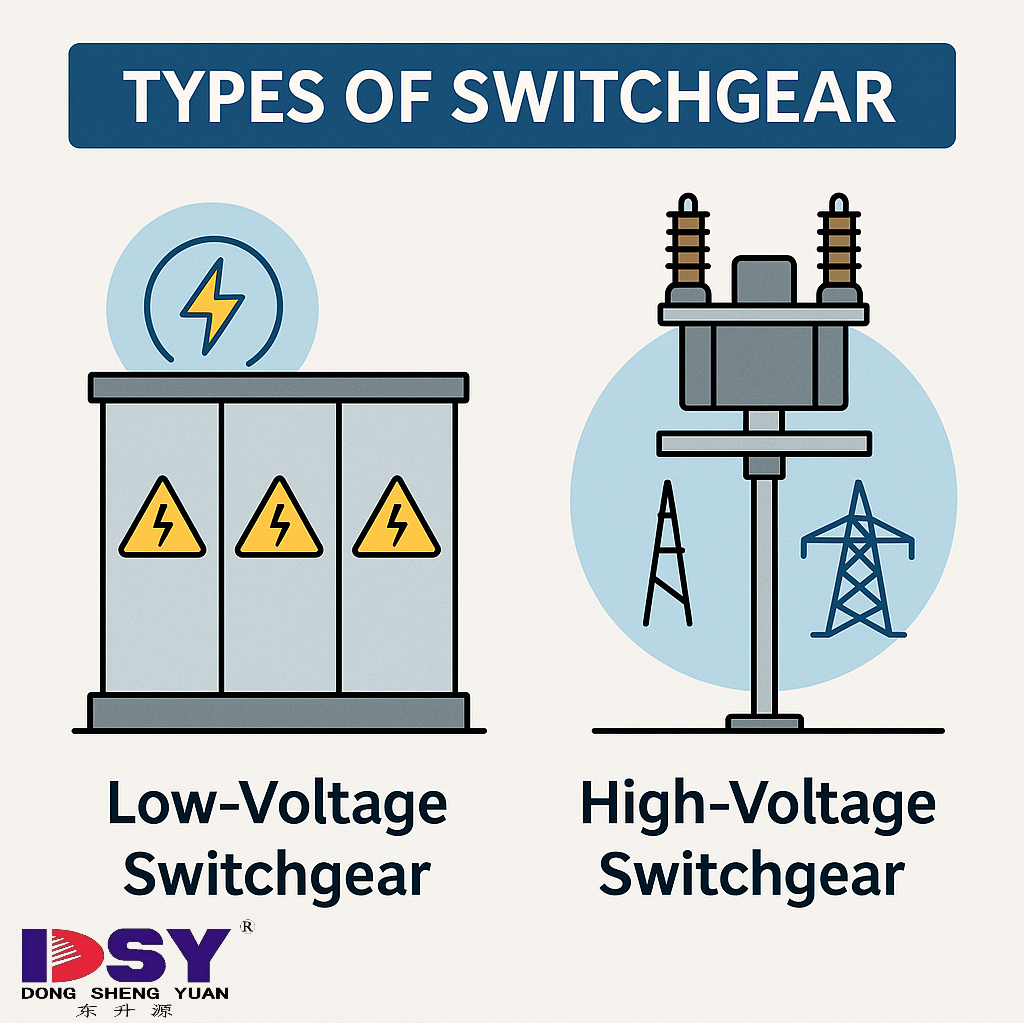
Low Voltage vs Medium Voltage vs High Voltage
-
Low Voltage Switchgear (LV): below 1kV, used in buildings
-
Medium Voltage Switchgear (MV): 1kV–36kV, common in industries
-
High Voltage Switchgear (HV): above 36kV, for power transmission
Indoor vs Outdoor Switchgear
-
Indoor Switchgear: installed in controlled environments
-
Outdoor Switchgear: weatherproof and ideal for substations
Metal-Enclosed vs Metal-Clad
-
Metal-Enclosed: all parts enclosed in grounded metal housing
-
Metal-Clad: Each unit is separated by metal barriers for enhanced safety
How Switchgear Works – A Simple Explanation
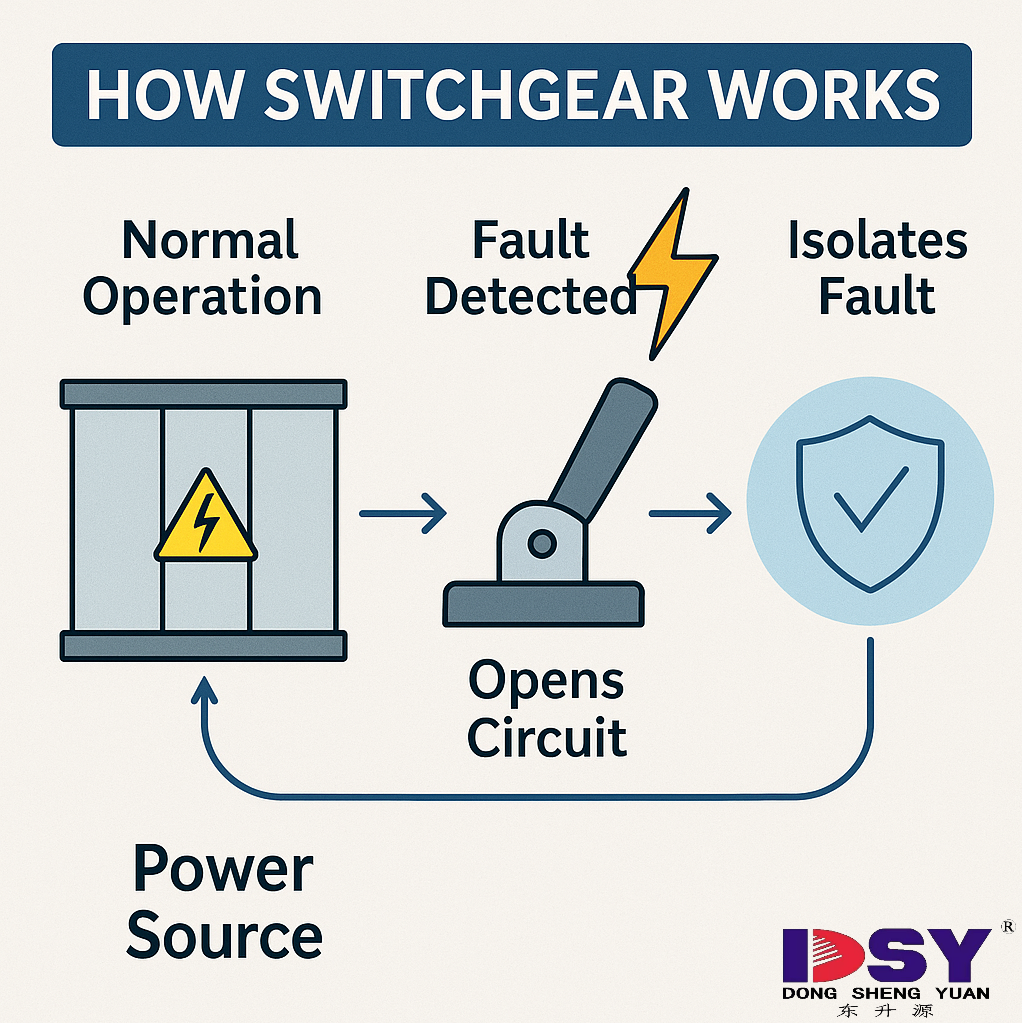
When a fault occurs:
-
Protective relays detect abnormal conditions
-
Circuit breakers trip to interrupt power
-
The faulty section is isolated safely
-
Operators restore power after maintenance
Key components include:
-
Circuit breakers
-
Protective relays
-
Busbars
-
Disconnectors
Industrial and Commercial Applications of Switchgear
Switchgear is used everywhere electricity is needed for safety and reliability:
-
Power Plants & Heavy Industries: Protect large machinery
-
Commercial Buildings & Data Centers: Prevent IT system outages
-
Renewable Energy Systems: integrate solar and wind power
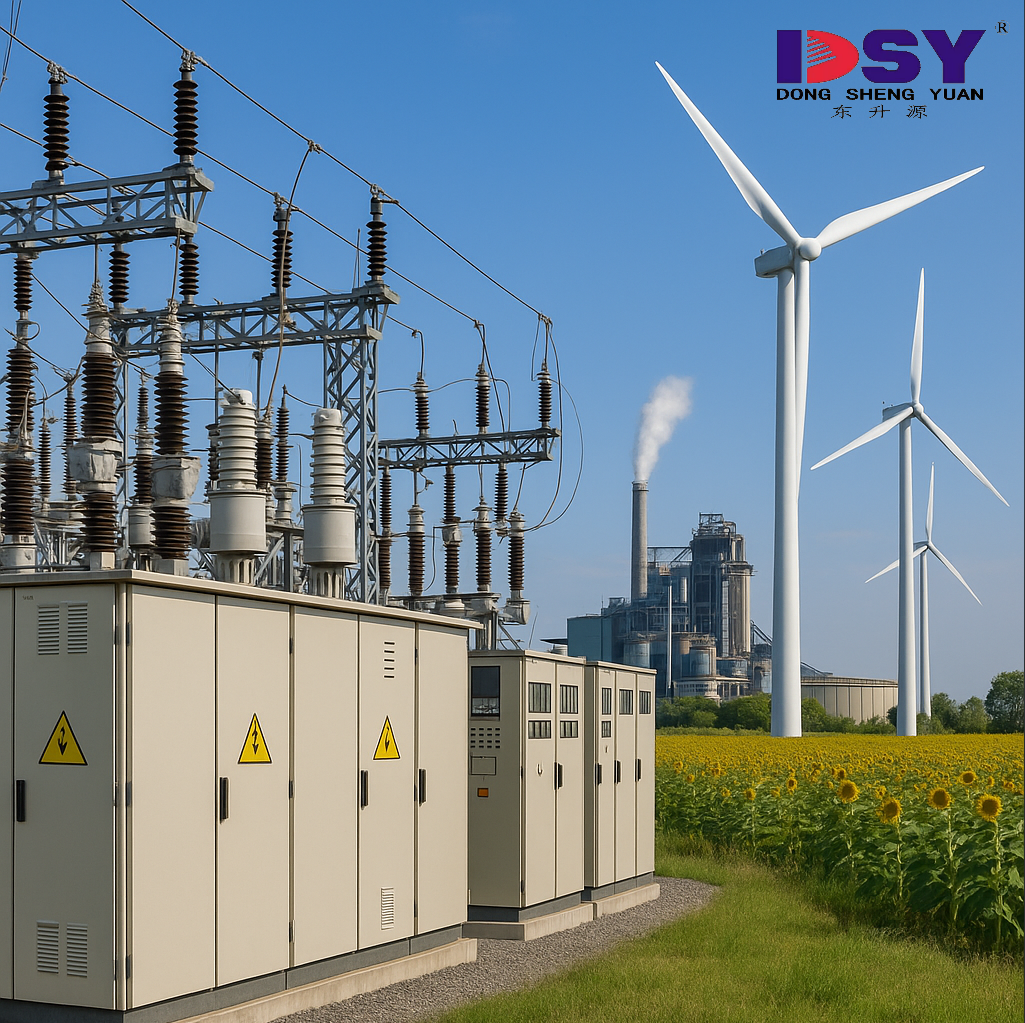
For detailed safety standards, see IEEE Switchgear Guidelines.
Benefits of Modern Switchgear Technology
-
Enhanced Safety – smart protection reduces human error
-
IoT Monitoring – enables remote control and predictive maintenance
-
Compact Modular Designs – save space and improve scalability
How to Choose the Right Switchgear
When selecting switchgear, consider:
-
Voltage rating & short-circuit capacity
-
Indoor or outdoor installation
-
Maintenance needs & lifecycle cost
-
Compliance with IEC & IEEE standards
Always choose certified, reliable manufacturers to avoid future risks.
DSY Switchgear – Reliable Solutions for Global Industries
Dongshengyuan Electronic (DSY) offers LV & MV switchgear that complies with IEC, IEEE, and ISO certifications.
Why industries trust DSY Switchgear:
-
Advanced smart technology
-
Customizable designs for different sectors
-
Global after-sales support
Learn more at dsyswitchgear.com
Switchgear FAQs
-
What is the simple switchgear definition?
It’s a set of devices that protect, control, and isolate electrical systems. -
What are the main types of switchgear?
Low-voltage, medium-voltage, and high-voltage switchgear. -
Where is switchgear commonly used?
In industries, commercial buildings, and renewable energy projects. -
How does switchgear work during a fault?
It detects the fault, trips the circuit breaker, and isolates the damaged section. -
How long can switchgear last?
High-quality switchgear lasts 20–30 years with proper maintenance.
Conclusion: Why Knowing Switchgear Definition Matters
Understanding the definition of switchgear is crucial for maintaining safe, reliable, and efficient power systems. As technology advances, switchgear is becoming smarter and more essential for modern energy networks.
If you need future-ready switchgear solutions, Dongshengyuan Electronic (DSY) is your trusted partner.
Explore DSY Switchgear at dsyswitchgear.com



